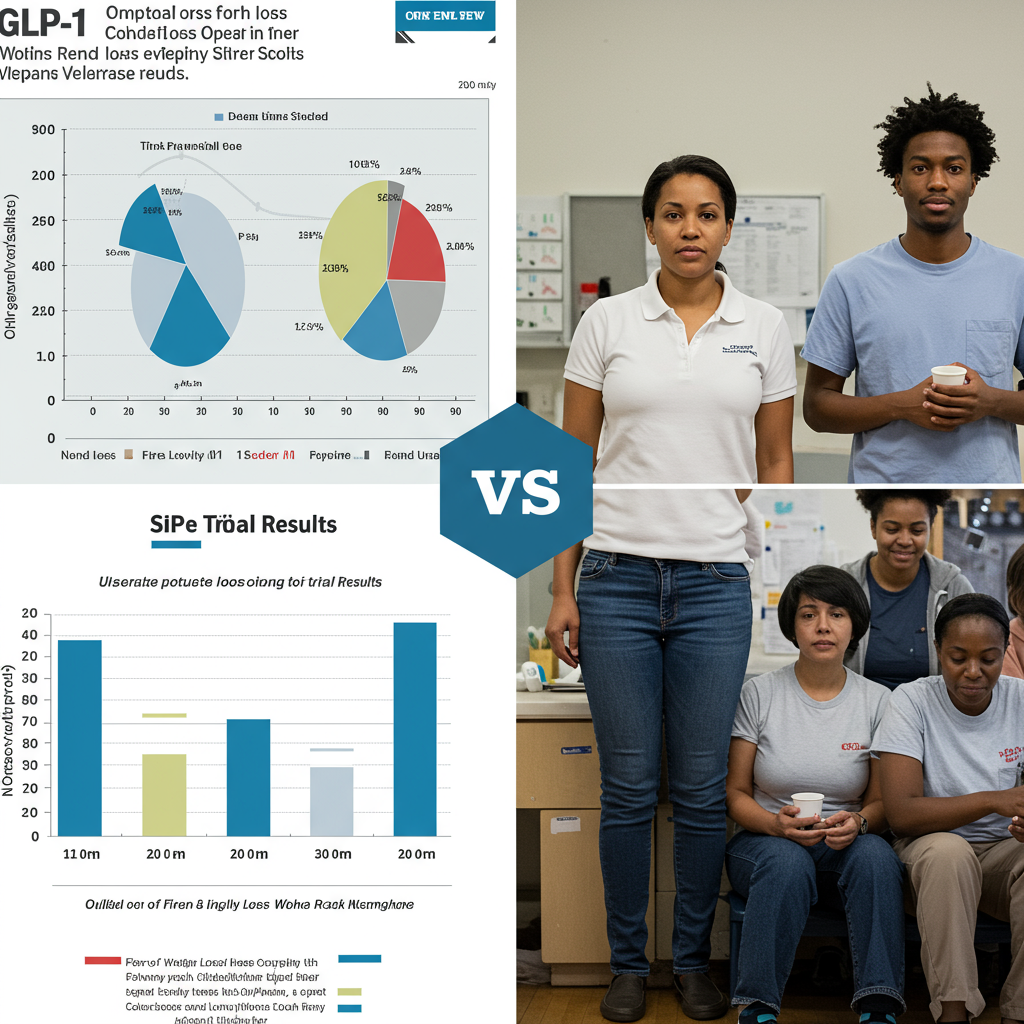Welcome to our essential guide on taking control of your heart health. Cardiovascular disease remains the leading cause of death for both men and women in the United States, affecting millions and often acting as a “silent threat” until a major event occurs. Being proactive about your heart health isn’t just smart; it’s potentially life-saving. It involves understanding your risks, adopting healthy habits early, and utilizing the resources available to you, including regular checkups and screenings. This comprehensive approach helps you manage your cardiovascular well-being effectively and aims to prevent serious issues before they arise.
Why Proactive Heart Health Matters
Many people incorrectly assume heart issues primarily affect older individuals. While older adults are at a statistically higher risk, cardiovascular problems are increasingly seen in people under 60. Factors like age-related changes, decreasing hormone levels, obesity, and diabetes contribute to risk across different age groups. The critical point is that heart disease is far easier to manage and treat when detected early. Waiting for symptoms, which may not appear until the condition is advanced, can limit treatment options and increase the likelihood of severe outcomes like heart attack or stroke. Prioritizing prevention and early identification is a wise strategy for long-term health and even potential financial savings, as managing advanced heart disease can be incredibly costly.
Identifying Your Personal Risk Factors
Understanding your individual risk for heart disease is a fundamental step in proactive health. Several factors can increase your susceptibility. Key risk factors include your age and gender, especially for women over 50 post-menopause. A family history of heart disease significantly raises your risk. Lifestyle choices play a huge role; smoking, excessive alcohol use, a sedentary lifestyle, and poor nutrition (particularly diets low in heart-protective nutrients) are major contributors. Certain medical conditions like diabetes, high blood pressure, high cholesterol, rheumatoid arthritis, and thyroid disorders also increase risk. Even factors like chronic stress and insufficient sleep can negatively impact cardiovascular health.
The Pillars of a Heart-Healthy Lifestyle
Adopting a heart-healthy lifestyle is the cornerstone of prevention. This involves making sustainable changes across several areas of your daily life.
Fueling Your Heart with Nutrition
A balanced, heart-healthy diet is crucial. Focus on increasing your intake of fruits, vegetables, whole grains, lean proteins, and healthy fats. Heart-protective foods include leafy greens, berries, nuts, seeds, and fatty fish rich in omega-3s. Limit processed foods, excessive saturated and trans fats, added sugars, and excessive sodium. Small, consistent dietary changes can make a significant difference over time.
Staying Active for Cardiovascular Fitness
Regular physical activity strengthens your heart and improves circulation. Aim for at least 150 minutes of moderate-intensity exercise per week. This could include brisk walking, cycling, swimming, or other activities that raise your heart rate. Finding enjoyable ways to stay active makes it easier to maintain consistency.
Managing Stress and Prioritizing Sleep
Chronic stress is detrimental to heart health. Incorporate daily stress management practices into your routine, such as deep breathing exercises, meditation, yoga, or spending time in nature. Quality sleep is equally important; aim for 7-9 hours per night. Both stress management and adequate sleep help regulate blood pressure and reduce inflammation, supporting overall cardiovascular wellness.
Leveraging Healthcare for Prevention and Detection
Regular interaction with healthcare professionals is vital for proactive heart health. These interactions provide opportunities for screening, risk assessment, and personalized guidance.
Regular Checkups and Vital Screenings
Don’t wait for symptoms to visit your doctor. Routine checkups allow healthcare providers to monitor key indicators. Cardiovascular screenings, such as blood tests to check cholesterol, lipid, and triglyceride levels, are essential preventive tools. These tests can often be done once every five years and are frequently covered by insurance plans like Medicare Part B when using participating providers. Regular blood pressure checks are also critical, and annual cardiovascular risk reduction visits, which include blood pressure checks and lifestyle advice, are often covered as well.
Understanding Your Numbers
Knowing your key health metrics – blood pressure, cholesterol levels (LDL, HDL, triglycerides), blood sugar, and body mass index (BMI) – empowers you to understand your risk profile. Discuss these numbers with your doctor and work together to set goals and develop strategies if any are outside the healthy range.
Beyond the Heart: Recognizing Peripheral Vascular Health
Cardiovascular health isn’t confined solely to the heart itself. The system extends throughout your body, including the arteries and veins in your legs and arms. Conditions affecting peripheral circulation can be serious and often serve as warning signs for broader cardiovascular issues.
Peripheral Artery Disease (PAD)
PAD occurs when plaque builds up in the arteries, commonly in the legs, restricting blood flow. Symptoms can include leg pain or cramping (especially during activity, known as claudication), numbness, coldness in the lower legs or feet, and sores on the legs or feet that heal slowly or not at all. You might also notice weak or absent pulses in your feet. Untreated PAD significantly increases your risk of heart attack and stroke. A simple, non-invasive test called the ankle-brachial index (ABI) can help diagnose PAD by comparing blood pressure in your ankle and arm.
Venous Disease
Venous disease happens when veins in the legs struggle to return blood to the heart efficiently, causing blood to pool. This can lead to swollen, painful veins like varicose or spider veins, general leg pain, swelling, itching, or skin ulcers. Diagnosis often involves a physical exam and imaging like ultrasound. While different from PAD, addressing venous health is part of comprehensive vascular wellness.
Exploring Support Options (With Caution)
In addition to lifestyle changes and medical care, some individuals explore various support options for cardiovascular health, including natural supplements. External sources discuss products like Cardio Shield, highlighting ingredients such as Hawthorn Leaf, Olive Leaf, Green Tea, and Garlic Extract, which are often researched for their potential benefits related to circulation, blood pressure already within the normal range, cholesterol levels, and antioxidant support.
It is absolutely critical to understand that information about supplements is for educational purposes only and not medical advice. Dietary supplements are not evaluated by the FDA and are not intended to diagnose, treat, cure, or prevent any disease. Always consult with a qualified healthcare provider before starting any new supplement, especially if you have existing health conditions, are taking prescription medications (including blood thinners or diabetes drugs), are pregnant or nursing, or have allergies. Supplements should never replace medical care or prescribed treatments. They are meant to complement, not substitute, a comprehensive health plan guided by your doctor.
Navigating Healthcare Resources
Making the most of your healthcare coverage is part of being proactive. Understand what your insurance plan, such as Medicare, covers regarding cardiovascular care. This typically includes preventive services like screenings and risk reduction visits. If diagnosed with a heart condition, Medicare Part B often covers outpatient cardiology visits and chronic care management services for qualifying conditions. Be aware of potential deductibles, co-payments, or co-insurance, and always confirm if your healthcare provider participates with your plan to understand potential out-of-pocket costs. Don’t hesitate to ask questions about coverage for specific tests or treatments.
Frequently Asked Questions
Why is taking a proactive approach to heart health so important?
Proactive heart health is crucial because cardiovascular disease is a leading cause of death and often progresses silently without symptoms. Early detection through screenings and checkups allows for easier treatment and management before serious events like heart attack or stroke occur. Adopting healthy habits early reduces long-term risk significantly.
What are some warning signs or symptoms of Peripheral Artery Disease (PAD) in the legs?
Symptoms of PAD can include leg pain or cramping that occurs during activity (like walking) and subsides with rest. Other signs are numbness, coldness in the lower legs or feet, sores on the legs or feet that don’t heal, and weak or absent pulses in the feet. Recognizing these signs and consulting a doctor promptly is important.
What types of cardiovascular screenings should I consider?
Essential cardiovascular screenings often include blood tests to check cholesterol, lipid, and triglyceride levels, typically recommended every five years. Regular blood pressure checks are also vital. Many healthcare plans, including Medicare, cover annual risk reduction visits focusing on blood pressure and lifestyle advice, even without symptoms. Discuss appropriate screenings with your doctor based on your age and risk factors.
Taking the Next Step
Your heart is vital, and being proactive is the most effective strategy for maintaining its health throughout your life. By understanding your risks, embracing healthy lifestyle choices, getting regular checkups and screenings, and being aware of conditions like PAD, you are taking powerful steps towards a healthier future. Don’t wait; begin your journey towards proactive heart health today, guided by your healthcare provider.




